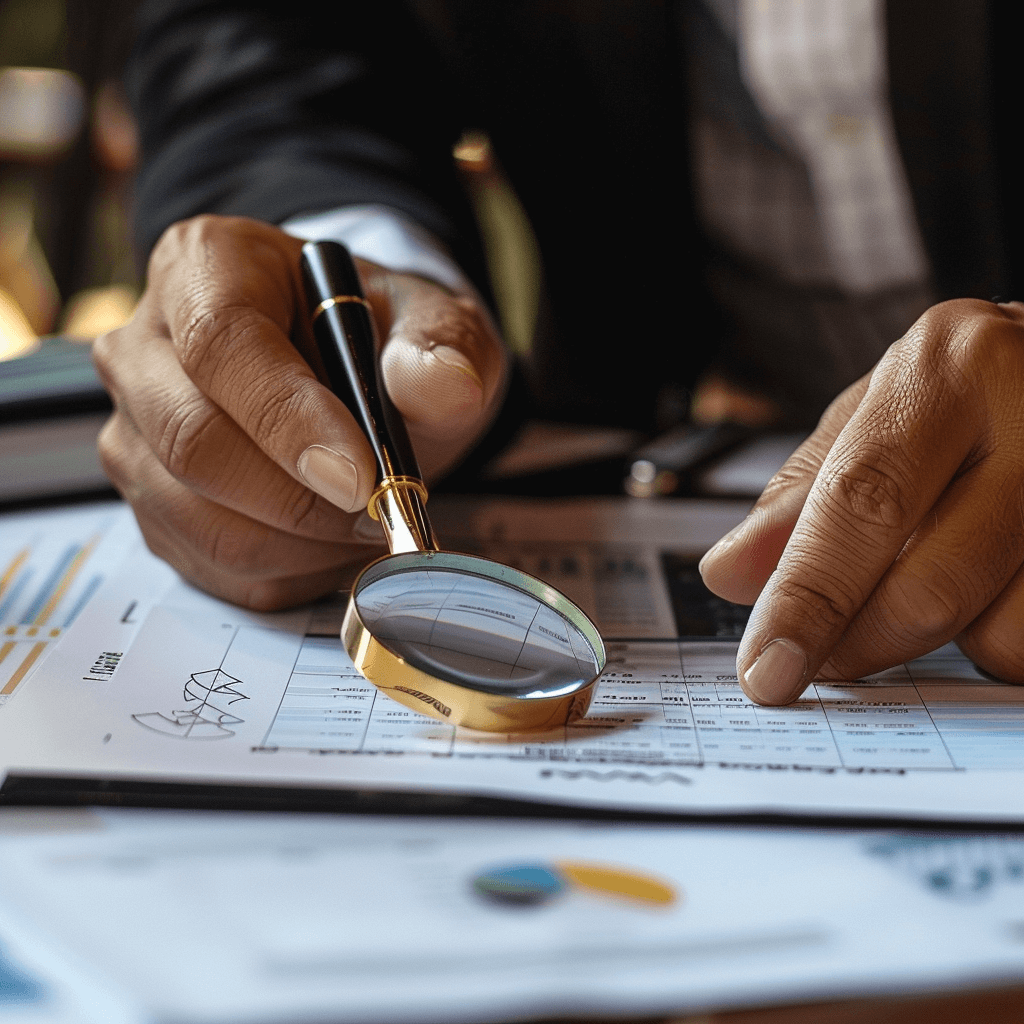TV is inundated with house-flipping shows. Flip or Flop, Flipping 101, Home Town, Property Brothers, Austin Flipsters… the list goes on. We’ve got to admit, these shows are always pretty fun to watch, and they really do make the whole process look quite easy.
Have you noticed that there’s never been a TV show made about the slow and steady approach to making money off of real estate? Building a portfolio of rental properties wouldn’t exactly make for interesting TV. The show would have to be shot over years, if not decades, and even then it wouldn’t be as thrilling as watching a beautiful 1930s Dutch Colonial get its old kitchen ripped out and a fresh new one put in…
But that doesn’t mean building a portfolio of rental properties isn’t the best approach to real estate investment. Quite the contrary – we believe it’s the smartest, most suitable approach for the majority of Australians.
Let’s compare the two methods with the team at Patrick Leo to see which strategy is better for you!
Building a portfolio of rental properties
This is the slow, steady and safe approach to real estate investment. You acquire one rental property, work to pay it off and in the meantime, search for another and even another. The benefits of this method are plentiful:
- Earn a passive income on rent
- Enjoy long-term capital growth as property prices increase (which as history shows, they’ve increased almost without fail)
- Take advantage of tax benefits such as negative gearing and depreciation claims
- Enjoy less volatility when compared to other investments such as stocks and bonds
- Have a brick-and-mortar investment in which you’ll always be able to live in if necessary.
There are some drawbacks of building a rental portfolio:
- High entry price
- Time and upkeep required, but these can be offset by property management and tax deductions
Flipping homes
Now we come to the get-rich-quick method (or at least that’s how it’s portrayed): flipping homes. The benefits of flipping homes, when done correctly, are undeniable:
- Quicker turnover with freer cash flow
- Less effort required in terms of renting and property management
But we’d urge anyone to consider the drawbacks and potential dangers of home-flipping, including:
- It’s usually not worth it unless you possess building knowledge and can carry out renovations on your own, as hiring tradespeople to do the renovations for you is incredibly expensive
- Time is against you, as the asset is not earning a passive income when it’s vacant
- High-stress work
- No passive income earned
- No long-term capital gains to be earned
- No tax breaks
At Patrick Leo, we’ve spent over 20 years increasing the wealth and happiness of our clients by finding them high quality investment properties and helping them build a portfolio. This is our success story, and that’s the method that has always worked for us! If you’re interested in starting your real estate portfolio, get in touch with the experts at Patrick Leo today.







